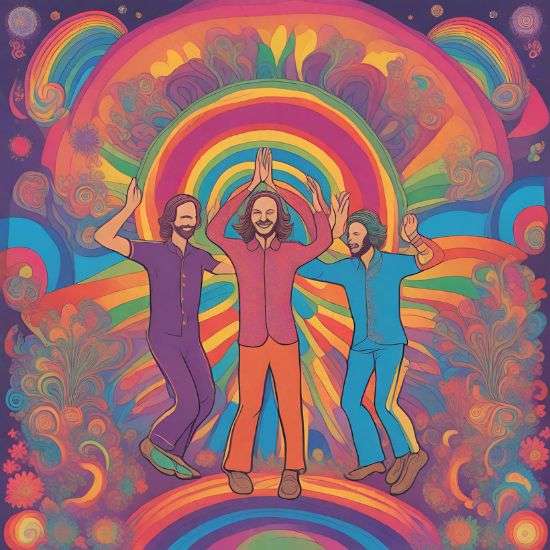Introduction
Living with pain, whether it’s chronic or acute, can be physically and emotionally challenging. While there are various methods of pain management available, one holistic approach that has gained recognition for its effectiveness is Reiki. In this article, we’ll delve into the world of Reiki for pain management and how it can offer relief and support your overall well-being.
Understanding Pain
Pain is the body’s way of signaling that something is amiss. It can range from mild discomfort to severe agony and may be caused by various factors, including injury, illness, or stress. Pain management is essential for improving one’s quality of life.
What Is Reiki?
Reiki is a Japanese healing practice that involves channeling universal life energy (Ki) through the hands to promote healing and balance. It operates on the principle that when energy flows freely within the body, the body is better equipped to heal itself.
Reiki for Pain Relief
Here’s how Reiki can be beneficial for pain management:
- Relaxation: Reiki induces a state of deep relaxation, which can alleviate tension and stress-related pain. When the body is relaxed, it can better focus on healing.
- Energy Balancing: Pain often arises from energy blockages or imbalances in the body. Reiki practitioners can identify and clear these blockages, allowing energy to flow freely and reducing pain.
- Pain Perception: Reiki doesn’t necessarily eliminate the source of pain, but it can change your perception of it. Many individuals report feeling less pain or greater pain tolerance after Reiki sessions.
- Release of Emotional Pain: Physical pain can be intertwined with emotional distress. Reiki can help individuals release emotional pain and provide comfort during challenging times.
- Complementary to Medical Treatment: Reiki is complementary to conventional medical treatments. It can be used alongside other pain management strategies to enhance their effectiveness.
Reiki Techniques for Pain Management
Reiki practitioners use various techniques to address pain:
- Hand Positions: Practitioners place their hands on or near the areas of pain, channeling healing energy to that specific region.
- Visualization: Practitioners may use visualization techniques to direct healing energy to the source of pain.
- Chakra Balancing: Balancing the body’s energy centers (chakras) can address underlying energy imbalances contributing to pain.
- Affirmations: Combining positive affirmations with Reiki can help individuals manage pain by shifting their mindset.
Self-Reiki for Pain Relief
Learning self-Reiki techniques empowers individuals to address their pain on an ongoing basis. Self-Reiki can be applied to specific areas of discomfort or for overall pain relief.
Conclusion
Reiki is a gentle and natural approach to pain management that considers the mind, body, and spirit as interconnected aspects of well-being. Whether you’re dealing with chronic pain or seeking relief from occasional discomfort, Reiki can provide a valuable tool for pain management and healing. Embrace the power of Reiki and experience the transformative effects it can have on your physical well-being and overall quality of life.












